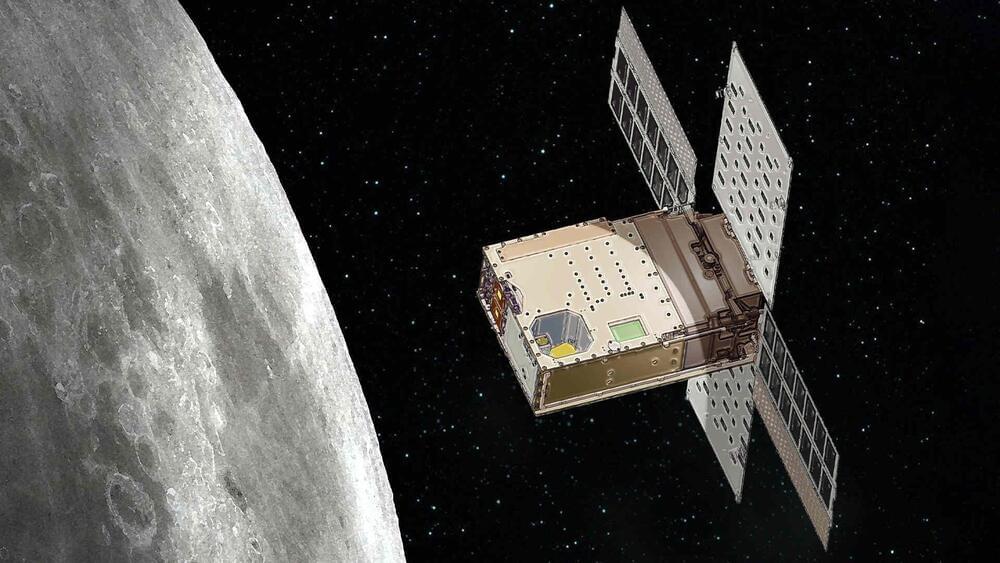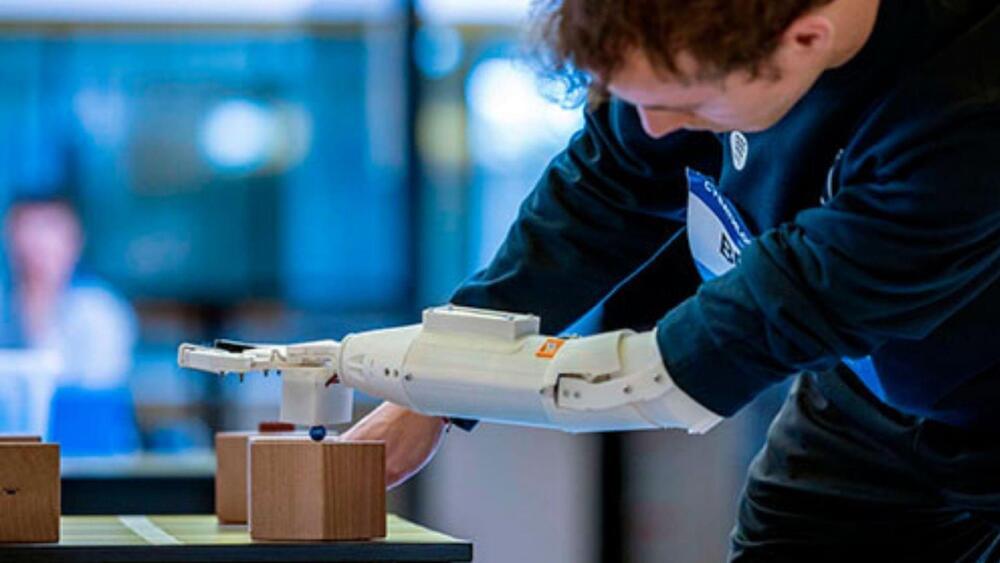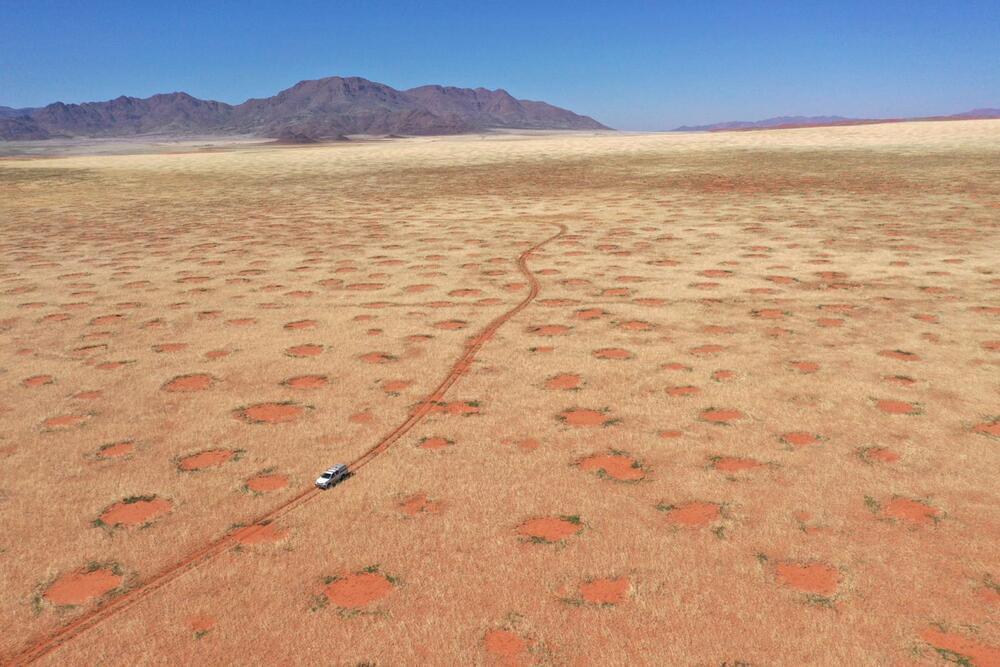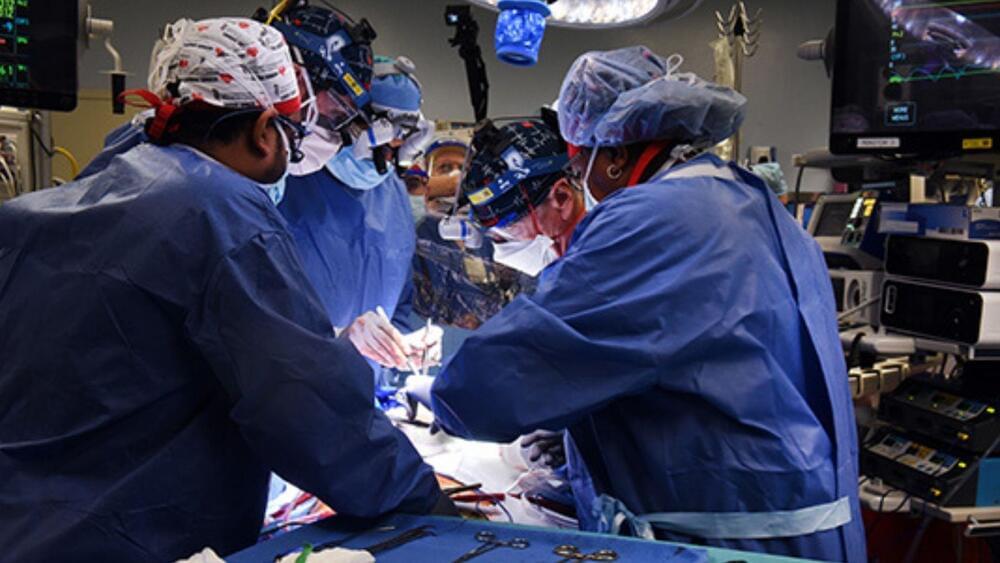How resilient are solar panels in the face of extreme weather events?
Guest contributor Jane Marsh explores the current capability of solar panel technology in the face of increasing extreme climate events.


KanawatTH/iStock.
Researchers at the University of Toronto are combining artificial intelligence and microelectronics to create innovative technology that is safe and effective. The research team wants to incorporate neural implants into miniature silicone chips in a similar way that is done to manufacture chips used in today’s computers.

The flight lasted for five hours and six minutes over the Mojave Desert.
For the first time on Friday, October 28, Stratolaunch’s Roc, the world’s largest plane, flew a prototype of the Talon-A separation test vehicle, TA-0, its air-launched hypersonic vehicle.
According to a press release, the flight centered on measuring the aerodynamic loads on the Talon-A vehicle. “The loads captured in flight will validate aerodynamic predictions to ensure the release mechanism will function as designed,” it said.
Stratolaunch.
The flight, which was Roc’s eighth, lasted for five hours and six minutes over the Mojave Desert, reaching an altitude of 23,000 feet (7,000 meters).

The SmallSat will use a four-laser reflectometer, with near-infrared wavelengths that are easily absorbed by water, to identify ice on the Moon’s surface.
In a few weeks, a small satellite will shine a light on the permanently shadowed craters of the Moon, looking for reservoirs of water ice that could be highly beneficial to astronauts.
NASA’s Lunar Flashlight, the size of a small briefcase, is scheduled to launch aboard a SpaceX Falcon 9 rocket from Cape Canaveral Space Force Station in Florida between November 9 and 15 with the Japanese Hakuto-R lander and United Arab Emirate’s Rashid 1 rover.

More affordable than the regular ones.
The Arm2u biomedical engineering team from the Barcelona School of Industrial Engineering (ETSEIB) of the Universitat Politècnica de Catalunya designed and constructed a configurable transradial prosthesis that responds to the user’s nerve impulses using 3D printing technology.
Arm2u is a prosthesis that can replace a missing arm below the elbow. It can be controlled with myoelectric control, which means that it is controlled by the natural electrical signals produced by muscle contraction.
UPC
As stated in the release, UPC bachelor’s and master’s degree students started off improving a prosthesis for people with disabilities using assistive technologies.

Their existence will no longer mystify us.
Identified in Namibia, fairy circles are circular regions of land devoid of vegetation that range in diameter from 7 to 49 feet (2 to 15 meters) and are frequently surrounded by a ring of promoted grass growth.
Until recently, these fairy circles were seen as a mystery. In 2020, in the Department of Ecosystem Modeling at the University of Göttingen in Germany, researchers tried to solve the mystery by using the Turing method — which explains how natural patterns like stripes and dots can emerge organically and independently from a homogeneous, uniform state.
Now, the team has officially sold the mystery, as reported in the release. The results of the research were published in Perspectives in Plant Ecology, Evolution, and Systematics on October 20.

Here is what the ECG reports of the first patient with the pig heart say.
In January this year, the heart of a genetically modified pig was transplanted into a human for the first time. The patient, David Bennett, managed to survive for two months with the pig heart, and this unique organ transplant operation led to various exciting findings and further research work.
One recently published research reveals that the electrical conduction system (network of cells, signals, and nodes in a heart that collectively controls heart functions and heartbeat) of the genetically modified pig heart differs from that of an ordinary pig’s heart.
David Bennett, the 57-year-old man who became globally known as the first human to receive a genetically modified pig’s heart as a transplant has died in the hospital where he underwent the transplant and was recovering, according to a press release.
Bennett was first admitted to the University of Maryland Medical Center (UMMC) in October last year with arrhythmia — the irregular beating of the heart, which in his case had become life-threatening. The doctors placed him on extracorporeal membrane oxygenation (ECMO), commonly known as a heart-lung bypass machine to keep him alive.

The changes at Twitter have already begun. Those not falling in line might be fired.
Twitter, under its new CEO, Elon Musk, may begin charging $20 a month as subscription fees from its users who have verified accounts.
Getty Images.
Previously, a decision like this would lead to weeks of discussions at Twitter but with a new CEO in charge, it was done almost overnight. The move to increase subscription fees is also expected to be implemented soon enough but allegedly carries a rider of losing the job if not done.

Times after the pandemic have not been good for tech giants.
The world’s 20 richest tech billionaires have lost close to half a trillion dollars in 2022 so far. Fears of a recession and increased interest rates have dipped revenues of tech companies in the U.S., and market valuations of their companies have tumbled thereafter, Wall Street Journal.
Mark Zuckerberg might be the poster boy for how falling revenues of tech companies also shrink the personal fortunes of the founders since most of their wealth is associated with stocks of the companies they have founded.
The top three entries win a monetary prize and will have their art shown in a variety of city building.